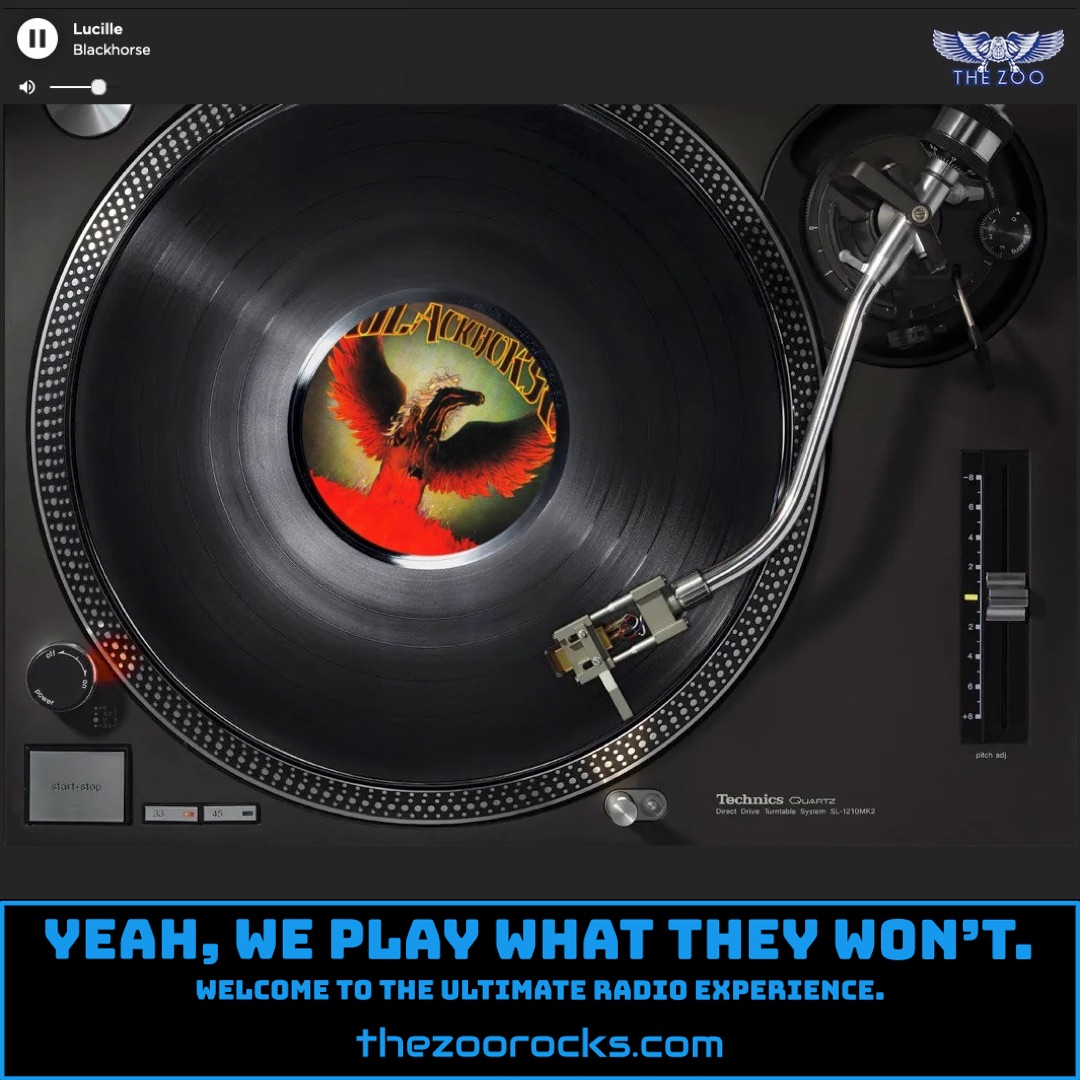Throwing Stones
Grateful Dead
The song "Throwing Stones" by the Grateful Dead, featured on their 1987 album In The Dark, carries a powerful message wrapped in vivid imagery. Written by Bob Weir and lyricist John Barlow, the song draws loosely from the nursery rhyme "Ring Around the Rosie," with its recurring line "Ashes! Ashes! All fall down!" evoking themes of societal collapse and environmental concern. Its lyrics paint a picture of a fragile Earth—"Picture a bright blue ball just spinning, spinning free"—while critiquing greed, violence, and political corruption. The song’s debut performance was on September 17, 1982, at the Cumberland County Civic Center in Portland, Maine, nearly five years before its studio release. Fans often noted its frequent pairing with "Not Fade Away" in live shows, creating a seamless transition that felt like one continuous piece, though some grew tired of the combo. A 2007 blog post on the Grateful Dead’s official site shared a fan’s story of discovering "Throwing Stones" on a Greenpeace compilation CD, highlighting how the song expanded their view of the band’s scope beyond the psychedelic 1960s and 1970s to a broader call for awareness and action.
Another layer of trivia comes from the song’s recording process. In The Dark was recorded in just one week, from January 6 to 13, 1987, at Marin Veterans Memorial Auditorium in San Rafael, California. Jerry Garcia, who co-produced the album, noted in an interview that the formal atmosphere of the venue helped the band focus, unlike their usual laid-back sessions at Front Street. The song’s music video, shot in November 1987, featured the band as life-size marionette skeletons, a nod to their iconic imagery, as captured in photos by Jay Blakesberg and shared in a 2021 post on the Grateful Dead’s X account. Lyrically, Bob Weir occasionally varied lines, such as singing "while white goes north" instead of the recorded version, as noted in the In The Dark songbook. Fans on dead.net have debated these variations, with some pointing to alternate phrasings like "The light goes on and off and the nightbird calls" as evidence of the band’s improvisational spirit.
The Grateful Dead formed in 1965 in Palo Alto, California, emerging from the vibrant San Francisco counterculture. Originally called the Warlocks, the band consisted of Jerry Garcia (guitar), Bob Weir (guitar), Ron “Pigpen” McKernan (keyboards, harmonica), Phil Lesh (bass), and Bill Kreutzmann (drums), with Mickey Hart (drums) joining later. Their diverse musical roots—Garcia’s bluegrass and folk, Lesh’s classical and avant-garde, Kreutzmann’s jazz, Pigpen’s blues, and Weir’s country—blended into a unique fusion of rock, folk, blues, jazz, and psychedelia. They began playing at Ken Kesey’s Acid Tests, freeform gatherings where their improvisational style took shape. By 1967, they released their self-titled debut album, but it was their live performances, often stretching songs like "Dark Star" into hour-long jams, that built their legend. The band encouraged fans to tape their shows, fostering a devoted community of “Deadheads” who traded recordings and followed the band on tour. This grassroots approach, combined with their eclectic sound, made them pioneers of the jam band movement, as noted by critic Lenny Kaye, who said their music “touches on ground that most other groups don’t even know exists.”
The Grateful Dead’s official website is dead.net, where fans can explore releases, archives, and merchandise like Dave’s Picks Vol. 54. Their social media presence includes Facebook, Instagram, and X, where they share updates, historical photos, and fan stories. Fan communities thrive online, with sites like Deadheadland offering news and forums, and the Grateful Dead Fans Facebook group connecting enthusiasts worldwide. The Grateful Dead Archive at UC Santa Cruz, praised by Trixie Garcia for its cultural significance, houses memorabilia, recordings, and fan art, preserving the band’s legacy for future generations.

